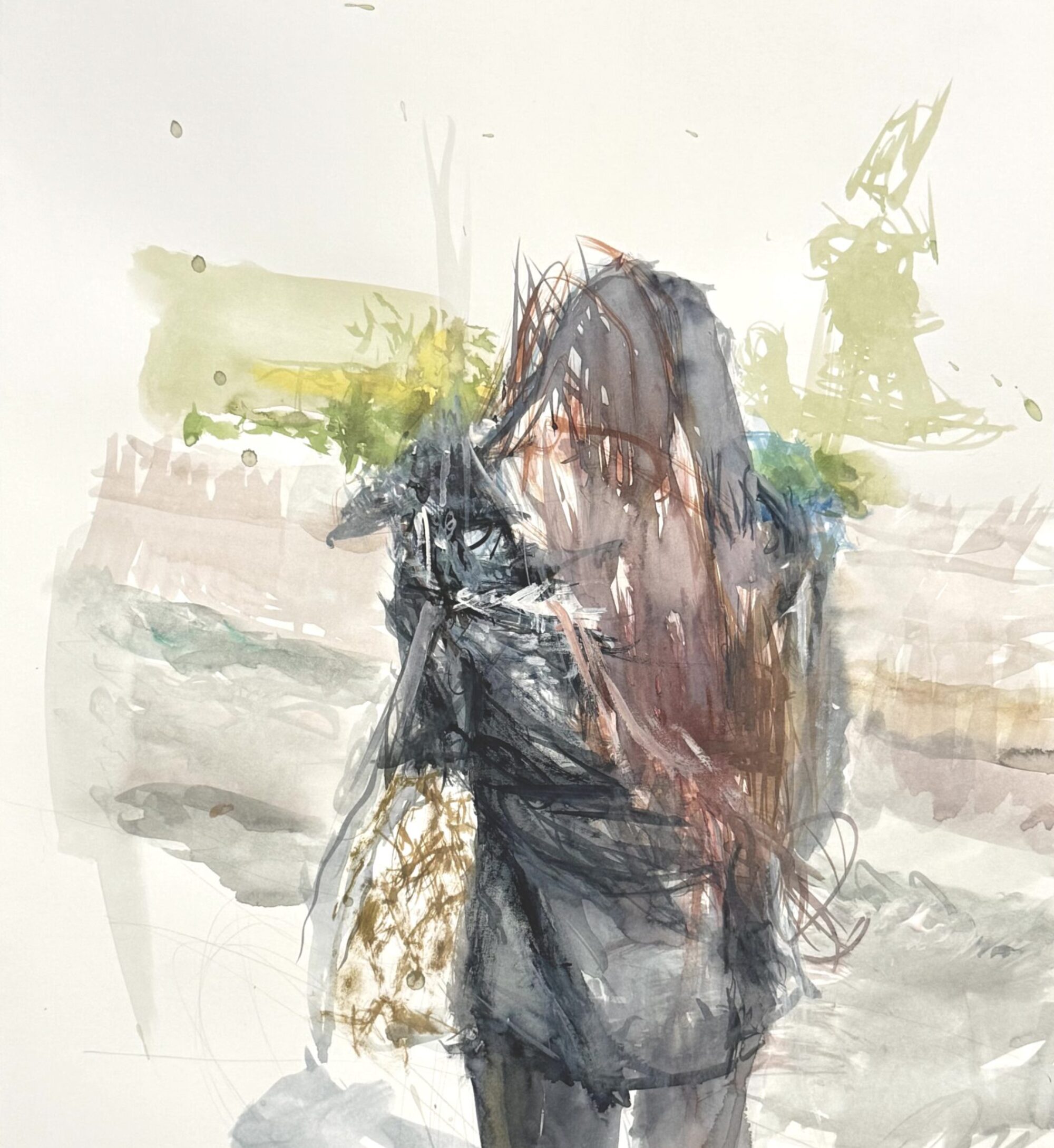Jay Isaac is a Canadian painter who is carving out new territory by revisiting old approaches; he is making paintings of humble things, such as the view out his window.
I have not met Jay, but I first saw his work in a group show around 2002, at Vancouver’s Third Avenue Gallery. It was a picturesque view of a swan in a pond. I was struck by the voluptuous paint surface, the simple, endearing subject matter, and what came through to me was the sheer joy of painting. What’s more, dare I say it was beautiful? I still regret that I was not able to take it home with me, so I could enjoy it everyday.
A very interesting review about Jay and his work can be found in the current Border Crossings magazine, and you can also find him in the Magenta Foundation’s new book, Carte Blanche Volume 2: Painting.
Jay Isaac will be exhibiting his paintings at CSA Space in Vancouver (see Blogroll) opening May 1st. If you will be in Vancouver, this should be well worth a visit.










